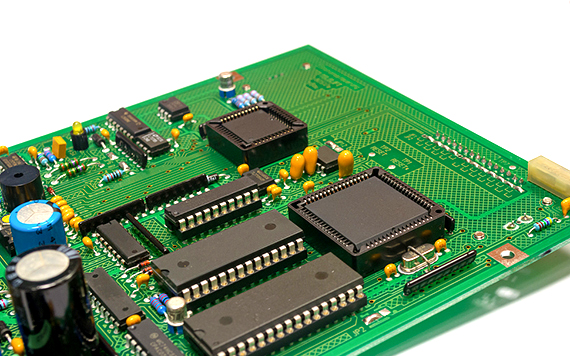Medical PCBs are widely used in call and alarm systems, which play a vital role in medical environment by enabling timely responses to patient needs and ensuring their safety. Below are several typical applications of medical PCBs in call and alarm systems:

1. Emergency Call Buttons and Alarm Systems
In medical facilities, emergency call buttons (such as bedside call buttons) are used by patients to send distress signals to caregivers in emergency situations. These buttons are typically integrated into medical PCB, which connect to the hospital’s central alarm system via electronic circuits. The PCB ensures stable and prompt signal transmission by linking buttons, sensors, and communication modules.
2. Monitor Alarm Systems
Hospital wards and intensive care units (ICUs) are often equipped with vital signs monitors that track key metric such as heart rate, blood pressure, and body temperature in real time. These monitors use alarm systems integrated into medical PCBs to issue alerts. When abnormal data is detected, the PCB can promptly alert medical staff through built-in alarm circuits (such as audible alarms, visual alarms, etc.).
3. Wireless Medical Alarm Systems
With the advancement of wireless technology, medical PCBs are increasingly used in wireless call and alarm systems. These systems enable patients to communicate with caregivers via wireless devices (e.g., handheld terminals or mobile apps). The PCB integrates wireless transmission modules, sensors, and battery management systems to ensure real-time data transfer and long-term battery stability.
4. Medical Sensor Alarm Systems
For example, in devices such as ventilators or infusion pumps, medical PCBs not only ensure normal operation but also monitor equipment status and trigger alarms. If a malfunction or hazardous condition occurs (e.g., abnormal airflow or insufficient infusion), the PCB alerts medical staff via alarm signals.
5. Smart Medical Wristbands with Alarm Systems
Smart healthcare bracelets are emerging wearable devices that allow wearers to contact medical institutions. Medical PCBs integrate various sensors, such as heart rate and temperature sensors, and can trigger alarms via wireless signals or other methods upon detecting abnormalities, helping to identify and address medical emergencies promptly.
These applications demonstrate the critical role of medical PCBs in ensuring patient safety, enhancing healthcare efficiency, and improving response times. Medical PCBs must not only meet high standards of reliability and precision, but also possess strong anti-interference capabilities and long-term operational stability to guarantee optimal performance in emergency situations.
HoYoGo is an international, professional and reliable medical PCB manufacturer, certified wth ISO 13485. Our production, engineering, and procurement teams consistently adhere to the highest industry standards. We have extensive experience and specialized process expertise in medical PCB assembly. If you have any inquiries, please feel free to contact us for a quote.